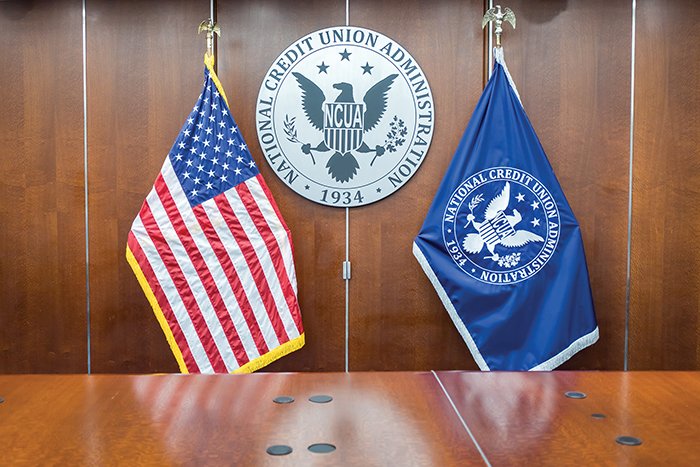 Source: Shutterstock.
Source: Shutterstock.
Consumers had their debit cards at the ready last week, according to PSCU's latest shopping trends analysis, which offered a glimmer of hope for the restaurant industry.
During the week ending July 26, the restaurant sector saw its debit spend land in positive territory for the first time since the COVID-19 pandemic took hold in March. PSCU attributed that 0.7% rise to quick-service restaurants, and noted that credit spend is still down almost 28%.
Recommended For You
Consumers have also continued to opt for contactless, mobile wallet and card-not-present payments while avoiding ATMs, which saw 21% less withdrawals compared to the same week last year. Leading CNP merchant Amazon, on the other hand, enjoyed a 95% rise in debit purchase volume and a 49% bump for credit.
The report said overall card payment volumes were stable, as debit transactions continued to rise and spending increased about 2% from the week prior. But consumers are still using credit cards less than they were a year ago. Credit transactions dropped about 8% last week — a trend that's continued for six weeks.
The travel and entertainment sectors are still suffering from a lack of purchases, according to the report. But it brought good news for grocery and drug stores, which have continued to secure plenty of debit and credit transactions. Volume was also up for retailers offering electronics, home, auto, sporting and discount goods, and debit purchases jumped more than 15% for services — predominantly health care and home.
Location-specific trends have remained constant. Numbers for the 10 states most recently labeled COVID-19 "hot zones" weren't all that different to the U.S. overall, which saw spending rise more than 18% for debit and drop about 3% for credit. Those states included Florida, Georgia, Alabama, South Carolina and Nevada.
The eight states that became "hot zones" early on, such as New York and Connecticut, have again seen contracted spending compared to the country at large, while the eight states that never issued formal "stay-at-home" orders are still trailing behind.
Glynn Frechette, SVP of Advisors Plus at PSCU, said he suspects the government's economic support payments have boosted numbers.
"This was a steady week for payment volumes. While debit performance has been very strong, it has certainly benefited from economic support payments," Frechette said. "In the coming weeks, we will continue to monitor the impact of the end of the $600 federal unemployment benefit on consumer spending, as well as any benefit extensions and additional rounds of economic stimulus. With GDP being down 33% for the second quarter, and consumer spend accounting for roughly 70% of GDP, continued payment volume growth will be necessary to support the recovery."
© Touchpoint Markets, All Rights Reserved. Request academic re-use from www.copyright.com. All other uses, submit a request to [email protected]. For more inforrmation visit Asset & Logo Licensing.






